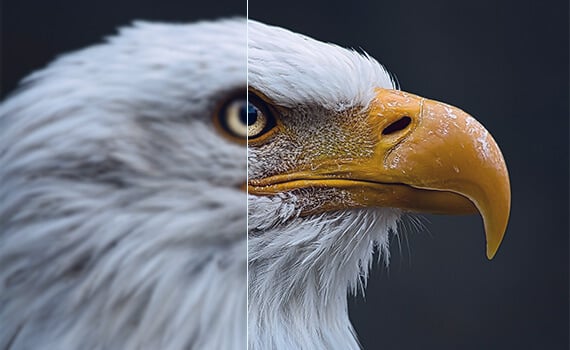

Another method is to use a low-resolution video and then use the neural network to upscale it. The neural network can then be trained on this dataset so that it can learn the characteristics of an upscaled video. One method is to use a dataset of videos that have already been upscaled. There are a few different methods that can be used to train a neural network for video upscaling. Part 2: How does AI video upscaling work? Once it’s recognized the low-quality video, the AI video upscaling algorithm takes the pixels and scales them up to achieve high-quality video. Whereas standard video upscaling uses pixel interpolation to upscale a video, AI video upscaling uses image recognition and super-resolution to upscale the video.ĪI video upscaling has been created by software developers who’ve trained a machine-learning algorithm to recognize low-quality images. While video upscaling has been around for a few years, it is a new type of video upscaling. While AI video upscaling can produce impressive results, it is important to note that it cannot create information that is not present in the original video.

This mapping is then used to generate a high-resolution version of the input video. The most common approach to AI video upscaling is to use a neural network to learn how to map low-resolution images to high-resolution images. The goal is to produce a video that looks better than the original, without introducing artifacts or distortions. In this blog post, we will discuss how AI video upscaling works and how you can use it to improve the quality of your videos!ĪI video upscaling is a process of using artificial intelligence to improve the resolution of a video. This can be a huge boon for businesses and individuals who need to improve the quality of their videos without having to spend hours in post-production. AI video upscaling is the process of using AI to upscale low-quality videos to crisp 4K quality.


 0 kommentar(er)
0 kommentar(er)
